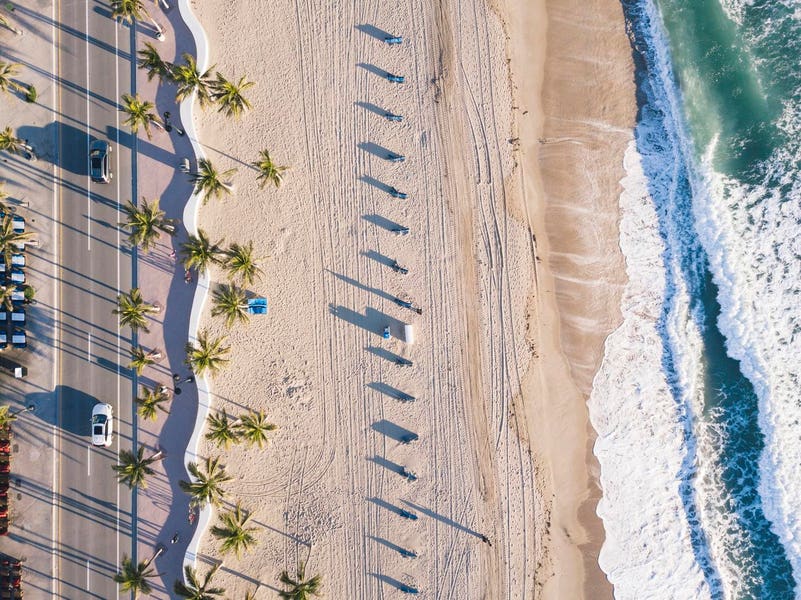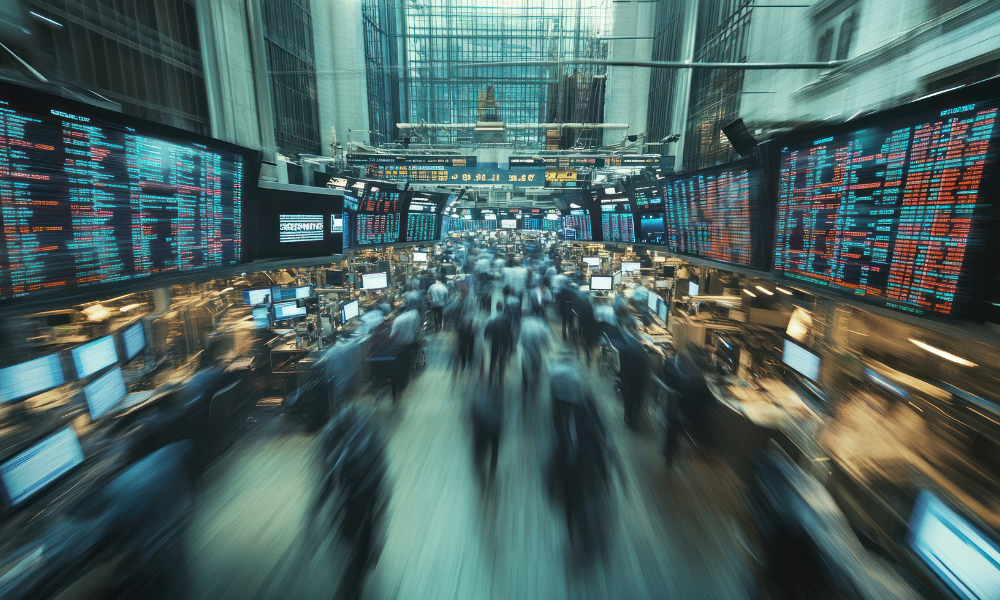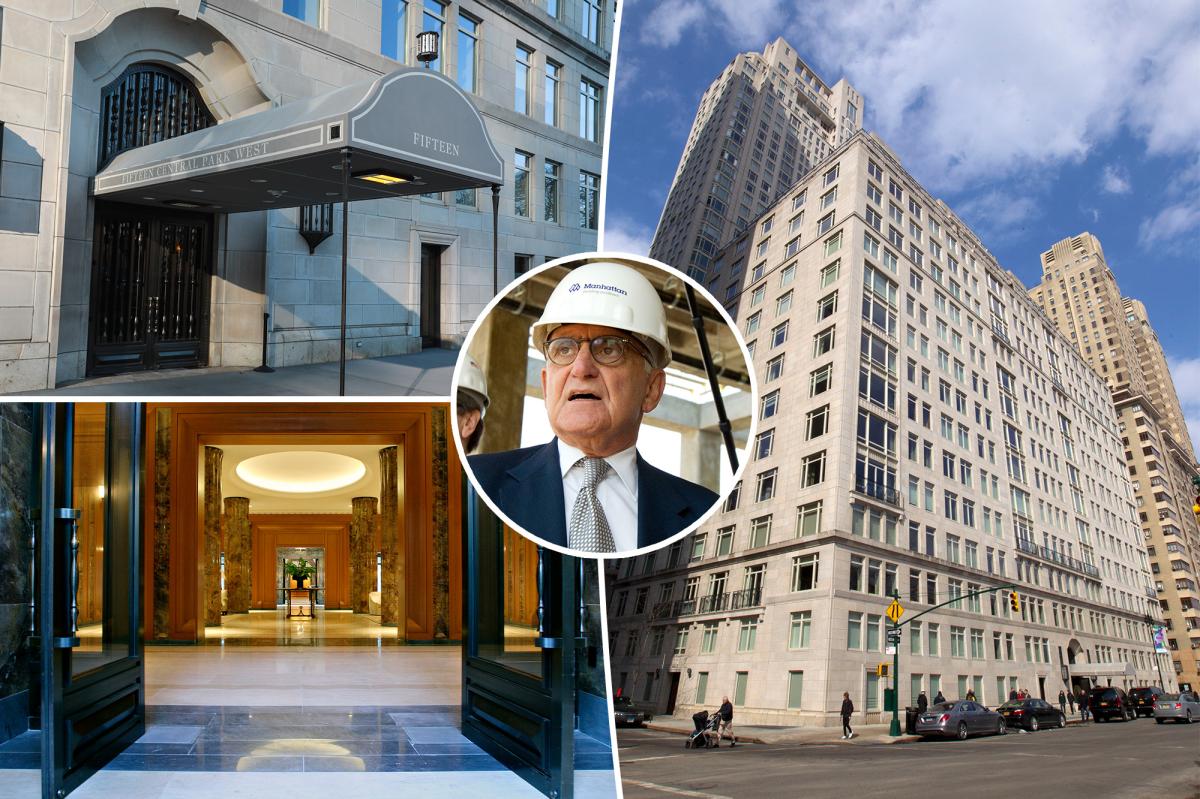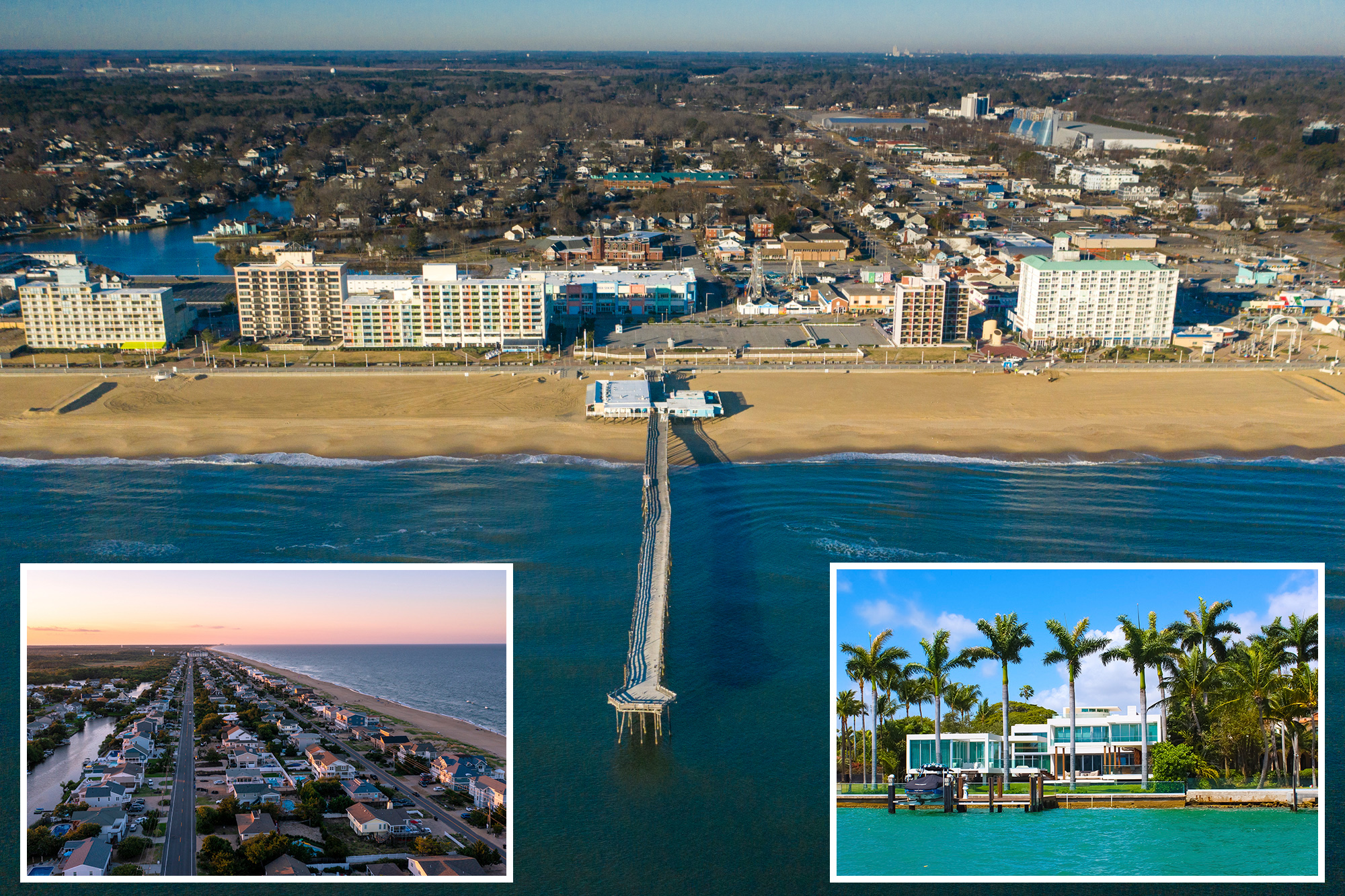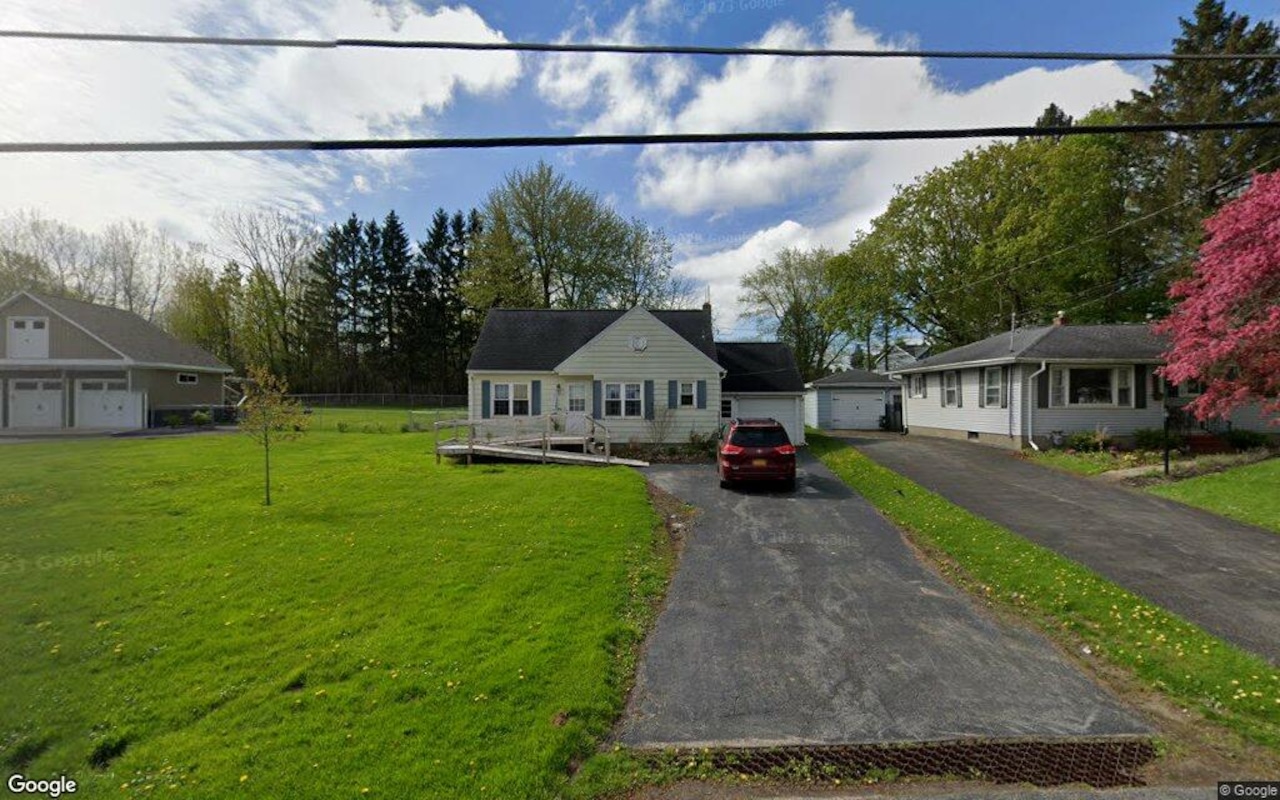I
t’s 4:30 p.m. on a languid Friday in Fort Lauderdale, the sun melting into the canals that lace the upscale Seven Isles and spill into the Atlantic. The new Ocean Prime restaurant on the Intracoastal Waterway welcomes a 49‑foot Azimut, its crew of finance‑savvy newcomers from Manhattan polishing high‑ball glasses as they secure the dock. A few slips away, a sun‑tanned broker in Tom Ford loafers shows a client a $7 million canal‑front property in Harbor Beach: five bedrooms, a 100‑foot dock, a private spa with a snow shower, and panoramic sunrise and skyline views that could grace an Architectural Digest spread. Yacht owners joke that every boat sounds the same once the engines roar: “the‑money, the‑money, the‑money.”
Across town, the “Venice of America” hums with a different rhythm. Sailboats glide the New River, kayakers stare at superyachts from St. Barths, and e‑bikes, Segways, and red Mustangs weave toward Las Olas Beach to catch the moonrise. The city’s canals—more than five times Venice’s—create a water‑centric identity that feels almost utopian for buyers, especially as waterfront property remains in high demand.
Fort Lauderdale’s transformation began a few months ago when national developers announced high‑profile residential projects, shifting the city’s image from spring‑break playground to sophisticated, water‑driven metropolis. The city’s 165 miles of inland waterways, over 100 marinas, and the Port Everglades—third busiest cruise port—anchor a $36 billion superyacht economy that gives Fort Lauderdale a global brand edge. Its canals and 7 miles of oceanfront make it Florida’s most coveted luxury market for detached waterfront homes, especially those with dockage and direct ocean access. While Miami boasts more multi‑million‑dollar condos, Fort Lauderdale offers a purpose‑built paradise for sailors who can reach the open sea in under an hour.
Real‑estate prices have risen steadily, drawing money from New York, California, the Midwest, and even Miami. Developers like Merrimac Ventures, Property Markets Group, and Related Group have poured billions into downtown projects: Pier 66, Bahia Mar, the St. Regis Resort, and a $3 billion Port Everglades expansion. The city’s downtown, limited in land, is experiencing a scarcity‑driven boom, with new office towers like FAT Village and the reimagined Pier 66 offering high‑end space that commands $50–$70 per sq ft. This scarcity fuels investment and positions Fort Lauderdale as a knowledge‑based economy alongside its marine and tourism roots.
Corporate interest has followed the city’s rebranding. JP Morgan, Raymond James, AutoNation, Chewy, Citrix, and GQG Partners are leasing prime office space, attracted by the lifestyle: water taxis to work, easy access to the airport, and a climate of business friendliness. The city’s “Fueled By Water” initiative highlights its blend of walkable urban districts, scenic waterfronts, and a vibrant cultural scene, including Michelin‑starred restaurants and the annual International Boat Show that draws global attention.
Fort Lauderdale’s economic impact is significant: downtown’s annual contribution is estimated at $43 billion, up 44 % since 2019, with real‑estate development adding $5.7 billion. The county supports over 200,000 jobs, and families with children moving downtown have surged 80 % since 2018. The city’s appeal lies in its balance of suburban comfort and urban energy, affordable living, and a strong sense of community.
Yet the city’s water‑centric identity carries climate risks. Rising sea levels, stronger storms, and flooding threaten low‑lying neighborhoods and commercial corridors. The city’s “Fortify Fort Lauderdale” program invests $1.6 billion in infrastructure—elevated roads, reinforced utilities, and storm‑surge buffers—to protect against future hazards. Developers are incorporating impact‑resistant glass, elevated mechanical systems, and artificial dunes into new projects. The mayor emphasizes that resilience is integral to the city’s growth strategy, proving that economic opportunity and environmental stewardship can coexist.
In short, Fort Lauderdale’s canals and oceanfront are more than scenic features; they are the engine of its identity, economy, and future. As the city continues to attract luxury real‑estate buyers, corporate headquarters, and cultural events, it remains a living laboratory for how water can shape a city’s destiny while confronting the challenges of a warming world.
